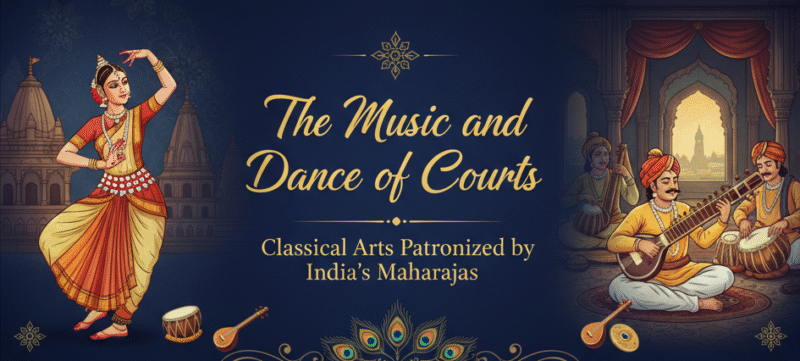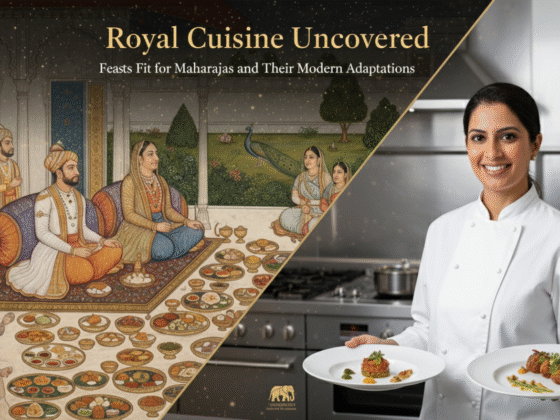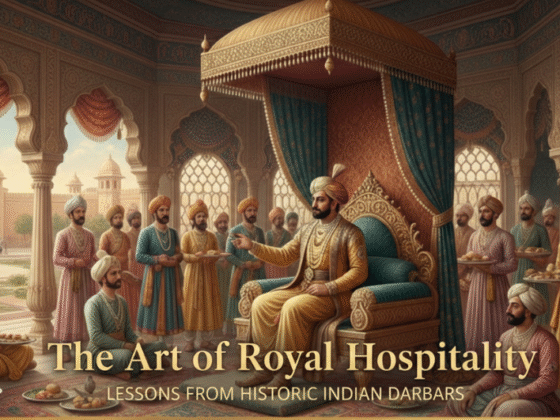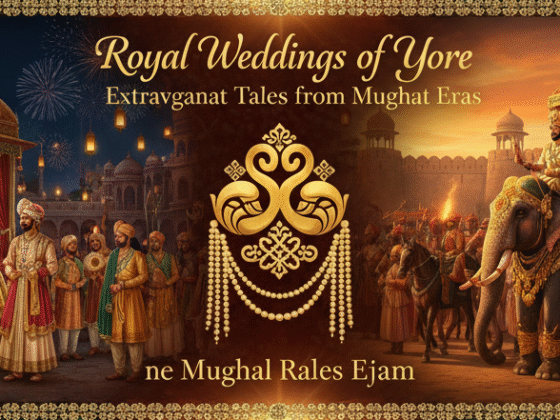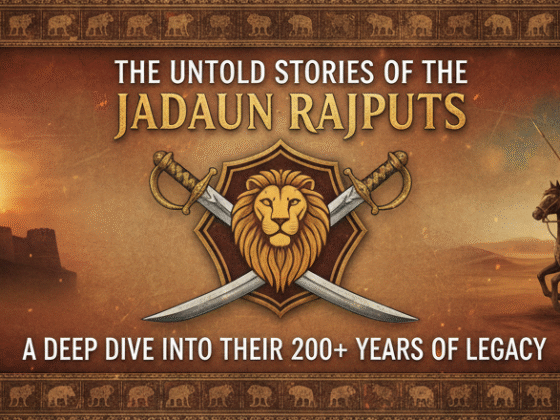Introduction to the rich cultural heritage of India’s maharajas
India’s cultural tapestry is woven with vibrant threads of history, tradition, and artistry. Among the most colorful contributors to this rich heritage are the maharajas—royalty who not only ruled over vast territories but also served as patrons of the classical arts. The music and dance of courts flourished under their watchful eyes, transforming royal palaces into centers of artistic expression. These magnificent rulers recognized that art was more than mere entertainment; it was a reflection of their power and culture.
As we explore the fascinating world where melody meets movement, we uncover how different dynasties championed various forms of music and dance. From graceful Kathak performances in Lucknow to soulful Dhrupad renditions in Gwalior, each court celebrated its unique identity through art. Today, we witness a revival thanks to modern maharajas who strive to preserve these timeless traditions.
Join us on this journey through time as we delve into “The Music and Dance of Courts: Classical Arts Patronized by India’s Maharajas.” Discover how royal patronage has shaped Indian classical arts’ identity and led them onto global stages where they continue to enchant audiences around the world.
The influence of classical arts on royal courts
Classical arts flourished in royal courts, becoming a vital aspect of aristocratic life. These vibrant expressions were not merely entertainment; they served as symbols of power and culture.
Maharajas and their families often hosted grand performances, showcasing the talents of musicians and dancers. Such events became opportunities for socialization among nobles, fostering connections through shared artistic experiences.
The patronage extended beyond mere funding. It involved nurturing artists, commissioning works, and establishing schools dedicated to various art forms. This created an environment where creativity thrived.
Different dynasties embraced distinct styles rooted in their cultural backgrounds. The Mughal courts popularized Persian influences while Rajput rulers emphasized local traditions.
This rich tapestry of classical arts transformed royal courts into centers of innovation and dialogue. As art intertwined with politics, it shaped India’s cultural landscape for generations to come.
Music and dance forms patronized by different dynasties
The diverse musical and dance traditions flourishing in India’s royal courts were a reflection of each dynasty’s unique cultural identity. The Mughal emperors, for instance, embraced the intricate rhythms of Kathak. This dance form evolved into an exquisite blend of storytelling and technical prowess.
Meanwhile, the Rajputs cherished Ghoomar, celebrating femininity through graceful circular movements. Their lively music often accompanied elaborate celebrations and rituals.
In South India, the Nayaks supported Bharatanatyam, a classical dance steeped in spirituality and devotion. Its expressive gestures convey deep emotions while narrating tales from Hindu mythology.
Further east, the patronage by Odisha’s kings led to Odissi gaining prominence. Its fluid body movements evoke both grace and power.
Each court not only nurtured these art forms but also ensured their techniques evolved over time—creating rich legacies that continue to inspire today’s artists.
Preservation and revival of classical arts by modern maharajas
Modern maharajas are stepping forward as guardians of India’s classical arts. They understand the significance of preserving cultural heritage that has flourished for centuries.
These contemporary royals often host seminars, workshops, and festivals dedicated to traditional music and dance forms. By providing platforms for artists, they ensure these art forms thrive in today’s world.
Many maharajas also invest in educational institutions focused on classical arts. This investment creates a nurturing environment where young talent can hone their skills while learning about rich traditions.
Additionally, some royal families have taken it upon themselves to document ancient practices. Through recordings and publications, they’re creating valuable resources that future generations can access.
Such efforts not only revive interest but also inspire a new appreciation among audiences who might be unfamiliar with these timeless crafts. The passion exhibited by modern-day maharajas plays an essential role in keeping India’s artistic legacy alive.
Impact of royal patronage on Indian classical arts’ global recognition
Royal patronage has played a pivotal role in elevating Indian classical arts on the global stage. The maharajas were not just rulers; they were visionaries who recognized the importance of culture.
Through their support, various art forms flourished and gained international attention. Their lavish courts became centers for artists, musicians, and dancers to showcase their talents. This exposure laid the groundwork for cross-cultural exchanges that continue today.
As these traditional practices reached foreign shores, they captivated audiences worldwide. Festivals celebrating Indian classical music and dance began to emerge globally, attracting enthusiasts from diverse backgrounds.
The commitment of royalty to nurture talent created an enduring legacy. It set a precedent for future generations to appreciate and engage with India’s rich cultural tapestry.
Such recognition continues to inspire contemporary artists as they draw upon this historical lineage while innovating new expressions within established frameworks.
Modern-day initiatives for promoting classical arts
Today, several initiatives aim to breathe new life into India’s classical arts. Organizations and cultural institutions are curating festivals that showcase music and dance forms long cherished by the maharajas.
These events not only celebrate traditional performances but also attract younger audiences. Workshops and masterclasses provide aspiring artists with opportunities to learn from seasoned professionals, ensuring skills are passed down through generations.
Social media platforms have become vital in this revival. Artists share their craft online, reaching global audiences who may not otherwise experience these art forms.
Collaborations between classical artists and contemporary genres further bridge the gap between tradition and modernity. This fusion opens up new avenues for creativity while maintaining respect for ancient practices.
Government grants support various projects aimed at preserving these timeless traditions. Local communities actively engage in efforts to keep their cultural heritage alive through educational programs tailored for schools and colleges.
Conclusion
The legacy of India’s maharajas is intricately woven into the fabric of classical arts, both music and dance. Their patronage not only nurtured these art forms but also ensured their evolution through centuries. The majestic courts served as vibrant hubs where creativity thrived, showcasing diverse traditions that continue to resonate today.
Modern-day initiatives led by contemporary royals demonstrate a commitment to preserving this rich heritage. By organizing festivals, workshops, and collaborations with artists worldwide, they bridge the past with the present. This ongoing support fosters greater appreciation for Indian classical arts on global platforms.
As we celebrate this extraordinary journey of music and dance within royal courts, it becomes evident that these artistic expressions are much more than mere entertainment; they represent a profound cultural legacy that deserves recognition and reverence in today’s world.


